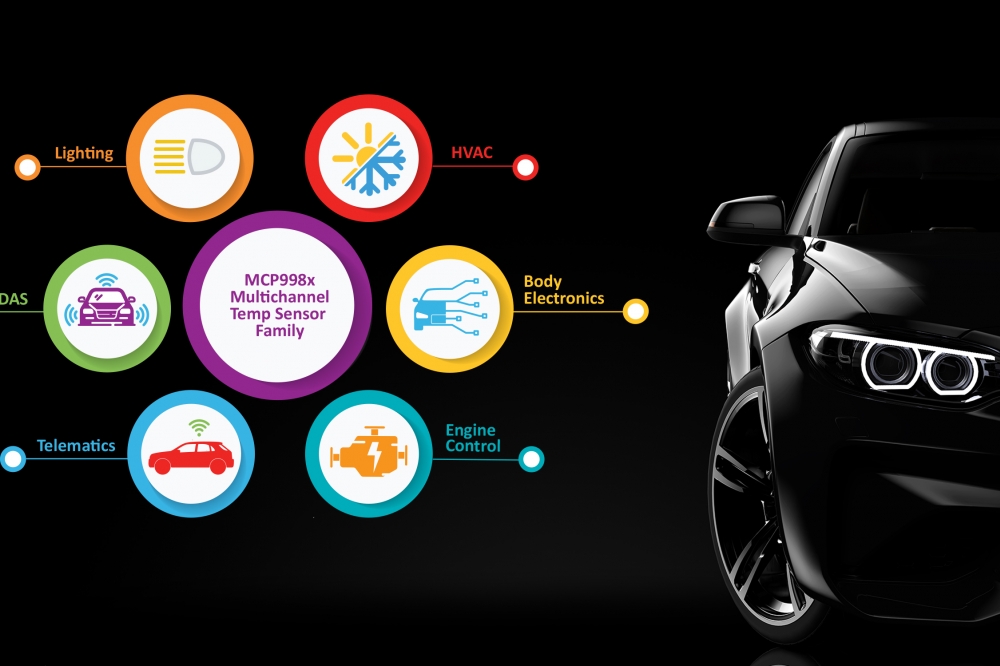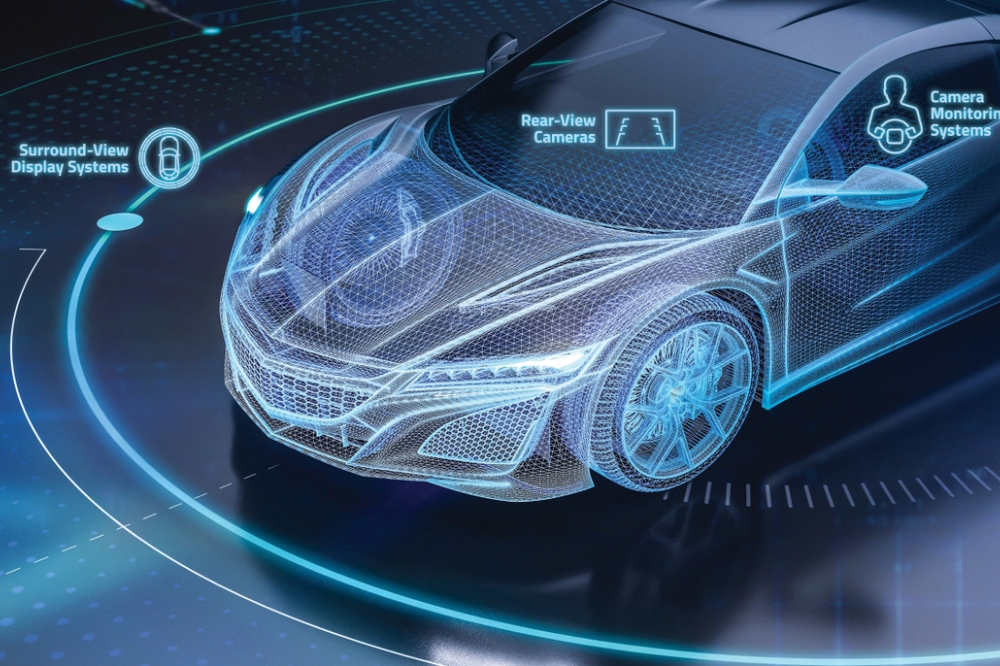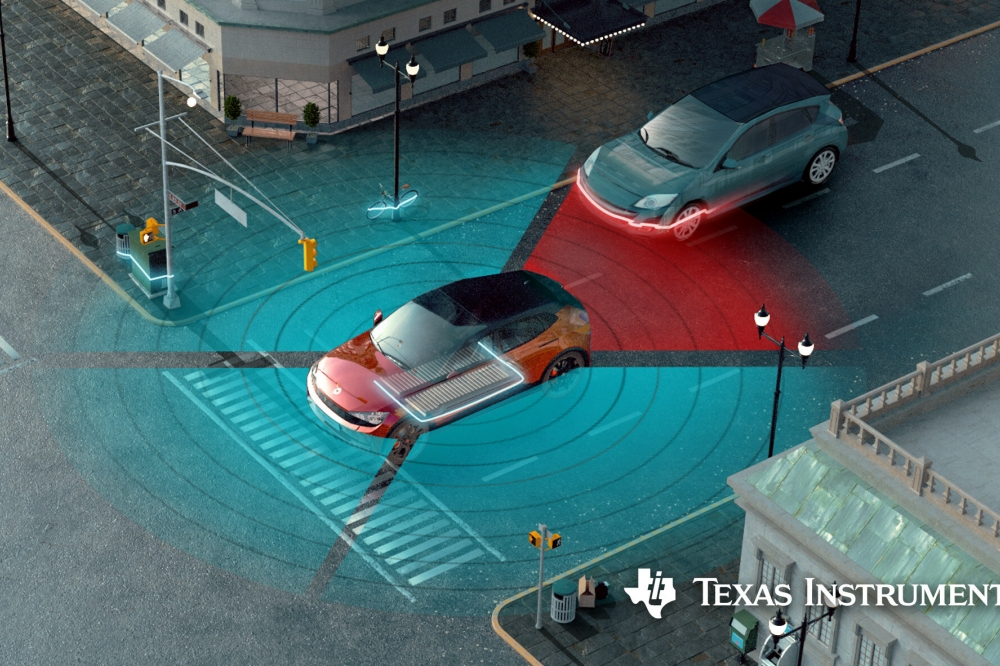All-electric Ford E-Transit revealed

Ford introduced the new E-Transit van, a smart workhorse that will offer customers enhanced productivity enabled by its fully electric powertrain, software solutions, services and Pro Power Onboard options.
“Ford is North America and Europe’s commercial vehicle leader, so the transition of fleet vehicles to zero emissions, especially for the fast-growing last-mile delivery segment, is critical to achieve our carbon neutral goal by 2050,” said Jim Farley, Ford’s President and CEO. “Ford is ready to lead the charge that started with its award-winning Transit Custom Plug-In Hybrid and EcoBlue Hybrid. It’s good for the planet and a huge advantage for customers with lower operating costs and new connected technologies that will help their businesses.”
The new E-Transit is backed by Ford’s powerhouse of over 1,800 global Commercial Vehicle dealers – including its 1,000-strong European network of Transit Centres – for easy sales and service. E-Transit also benefits from collaborations with hundreds of converters and vehicle modifiers worldwide, who provide compatible racks, bins and accessories on diesel-powered Transits.
While most newcomers in the van business are still building prototypes, developing testing protocols and addressing difficult usage conditions, Ford’s commercial vehicle ecosystem is expanding to include electric vehicle monitoring software and connected solutions for fleets to seamlessly integrate into day-to-day operations.
“We are doubling down on the software and digital services to help our fleet customers grow and more efficiently run their businesses,” Farley said.
Ford has been making Transit family vehicles for 55 years and commercial vehicles since 1905. The company will build E‑Transits for European customers at the Ford Otosan Kocaeli plant in Turkey on a dedicated line alongside the award-winning Transit Custom Plug-In Hybrid. The vehicle will be produced for North American customers at the Kansas City Assembly Plant in Claycomo, Missouri.
Even as demand for delivery vehicles grows, cities around the world – from London to Los Angeles – are pledging to create emission-free zones, reduce greenhouse gas levels and lower noise pollution.
“More construction, emergency vehicles and utility services choose Ford commercial trucks and vans over any other manufacturer – and we’re committed to helping customers make the transition to zero-emission technology,” said Hau Thai-Tang, Ford’s Chief Product Platform Operations Officer. “E-Transit is a data rich, connected platform that will help our fleet customers unlock greater productivity. The value for our commercial customers grows over time as more connected vehicles join the network.”
E-Transit, which starts arriving with European customers in early 2022, is part of Ford’s more than $11.5 billion global investment in electrification through 2022. The all-new, all-electric Mustang Mach-E will be in European dealerships from early next year and the fully electric F‑150 starts hitting North American dealers in mid-2022.
In Europe, Ford has been piloting electrified commercial vehicle technology since 2018, working with officials in England, Germany, Spain and Turkey to study how drivers used Transit Custom Plug-In Hybrid vehicles in London, Cologne, Valencia and Ankara. The company has applied those learnings – including on users’ vehicle use and charging habits – in developing E-Transit and its services.
With a usable battery capacity of 67kWh, E-Transit offers an estimated driving range of up to 217 miles on the combined WLTP cycle, providing enough range to meet daily requirements, but with sufficient additional capacity to account for variations in vehicle load and weather conditions. This makes E-Transit ideal for urban environments, fixed drive routes and deliveries within geofenced zero-emission driving zones, without requiring fleet owners to pay for excess battery capacity they don’t need.
E-Transit’s drive modes are tailored to its electric powertrain. A special Eco Mode aims to provide up to an 8-10% improvement in energy usage if E-Transit is driven unladen with spirited acceleration or at highway speeds, according to Ford data. Eco Mode limits top speed, regulates acceleration and optimises climate control to help maximise the available driving range.
The vehicle also supports Scheduled Pre-Conditioning, enabling the climate control system to be programmed to adjust the cabin to the preferred temperature while the vehicle is still on charge, ensuring that the maximum driving range is available.
E-Transit not only helps companies operate more sustainably, it offers clear business advantages. E-Transit can reduce service cost of ownership by approximately 40% compared with internal combustion engine-equipped models, as a result of lower maintenance expenses.
In Europe, customers will benefit from a best-in-class, one-year, unlimited mileage service offering that sits alongside the eight-year, 100,000 mile warranty package for the battery and high-voltage electric components.
“Our clear mission to make our customers’ businesses thrive has helped to make Ford the leading commercial vehicle brand in Europe,” said Hans Schep, General Manager Commercial Vehicles, Ford of Europe. “Electrification brings new ways for customers to manage their businesses and fleets more efficiently. With E-Transit this is delivered with more than 55 years of Transit expertise, a network of expert dealers and converters, and an ecosystem of digital tools that will help translate the potential of electrification into a business reality – all that, and the benefits of zero-emission transportation.”
Ford will also offer a variety of charging solutions to fit fleet and driver needs, whether at home, at a place of business or on the road. E-Transit features both AC charging and DC fast-charging. The vehicle’s 11.3kW on-board charger is capable of delivering a 100% charge in up to 8.2 hours. Charging with up to 115kW using a high-power DC fast-charger, E-Transit can top-up the battery from 15% to 80% in around 34 minutes.
E-Transit features optional Pro Power Onboard, which enables customers to transform the vehicle into a mobile power source, providing up to 2.3kW for powering tools and equipment on the jobsite and on the go. This is an industry first for light commercial vehicles in Europe.
The standard FordPass Connect modem delivers seamless connectivity to help commercial vehicle customers manage and optimise fleet efficiency, with a range of dedicated electric vehicle services available through the Ford Telematics fleet solution.
E-Transit also brings SYNC 4 communications and entertainment technology to commercial vehicles, featuring a standard easy-to-use 12-inch touchscreen, plus enhanced voice recognition and available cloud-enhanced navigation. With SYNC over-the-air updates, E‑Transit’s software and SYNC technology will benefit from the latest new features and quality enhancements.
On the road with navigation enabled, fleet operators can benefit from advanced driver assistance technologies including Traffic Sign Recognition and Intelligent Speed Assist, which together identify speed restrictions and allow fleet managers to set vehicle speed limits.
Additionally, E-Transit features an array of available technologies designed to help fleet customers reduce driver-based insurance claims. These include Pre-Collision Assist, Blind Spot Information System with Lane Change Warning & Aid and a 360-degree camera with Reverse Brake Assist. Along with Intelligent Adaptive Cruise Control, these features can help maintain fleet safety standards and reduce the risk of accidents.
Designed with uncompromised cargo volume capacity, E-Transit’s battery is located underneath the body, providing up to 15.1 cubic meters of cargo space, the same as a rear-wheel drive diesel Transit. Ford engineers redesigned E-Transit’s driveline and rear suspension system to optimise cargo space, creating a heavy-duty semi-trailing arm suspension system that enables better steering precision and more confident handling, plus better traction in both laden and unladen conditions.
E-Transit for customers in Europe targets up to 1,616kg payload for the van and up to 1,967kg for the chassis cab models. The vehicle’s electric motor has a peak output of 198 kW (269 PS) and 430Nm of torque, making it the most powerful motor of any fully electric cargo van sold in Europe. The rear-wheel drive layout ensures outstanding traction when the vehicle is heavily laden.
In Europe, Ford will offer a generous choice of 25 E-Transit configurations, with van, double-cab-in-van and chassis cab body styles, multiple length and roof-height options, and a range of gross vehicle mass options up to 4.25 tonnes, to support a wide variety of customer needs.
Following the successful city partnerships featuring the Transit Custom Plug-In Hybrid, Ford will be undertaking extensive customer fleet trials with E-Transit in key European markets, starting during 2021.
All-electric Ford E-Transit revealed
Modified on Thursday 12th November 2020
Find all articles related to:
All-electric Ford E-Transit revealed


 Add to my Reading List
Add to my Reading List Remove from my Reading List
Remove from my Reading List











